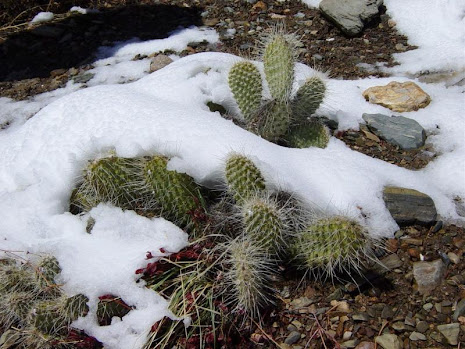
Well, it's been a frustrating couple of days for me, as I've been stuck in a small office (listening to WAY too much news on the radio... ugh!) while the team was out on an evidence search. Call me a SAR addict, but I really don't like to miss a mission. But anyhow....
As I usually try to channel frustration into something productive, I've spent some time these past couple of days working on a new project: a website called called Search & Rescue Stories. The intention is to create a resource for those interested in true stories by and about search and rescue personnel, both volunteer and professional, and the people they help. I'm especially interested in first-hand accounts, something that's been challenging to find on the web. But I think I've got a decent start.
Also on the site are rescue videos—even one filmed by a rescuee—and SAR team directories, including ground and mountain rescue teams, K-9 SAR teams, mounted units, and international SAR organizations. On many of the team websites, you can read interesting mission reports. I'll be perusing those sites myself, looking for stories to highlight.
On SARstories, there's a section for articles, studies, e-zines and gear reviews, and a blog as well. I've got some ideas for additional features, but since I'm building the site by the seat of my pants, I first have to figure out how to create those features. (And if you have any suggestions for me, please let me know. Feedback is more than welcome.)
SARstories.com will be an ongoing project, as I continually look for new material, not to mention check to be sure all those links remain active. While searching for SAR team websites, I found some other online directories, but many of the links were broken. So it'll be a goal of mine to keep the site up-to-date.
So if you're a search and rescue team member, or perhaps were the subject of a SAR mission or know someone who was, and have a story, article or video to share, you can email me at debekingsbury@gmail.com, and I'll link to your site or create a space for you on mine. Thanks and have a great day!










